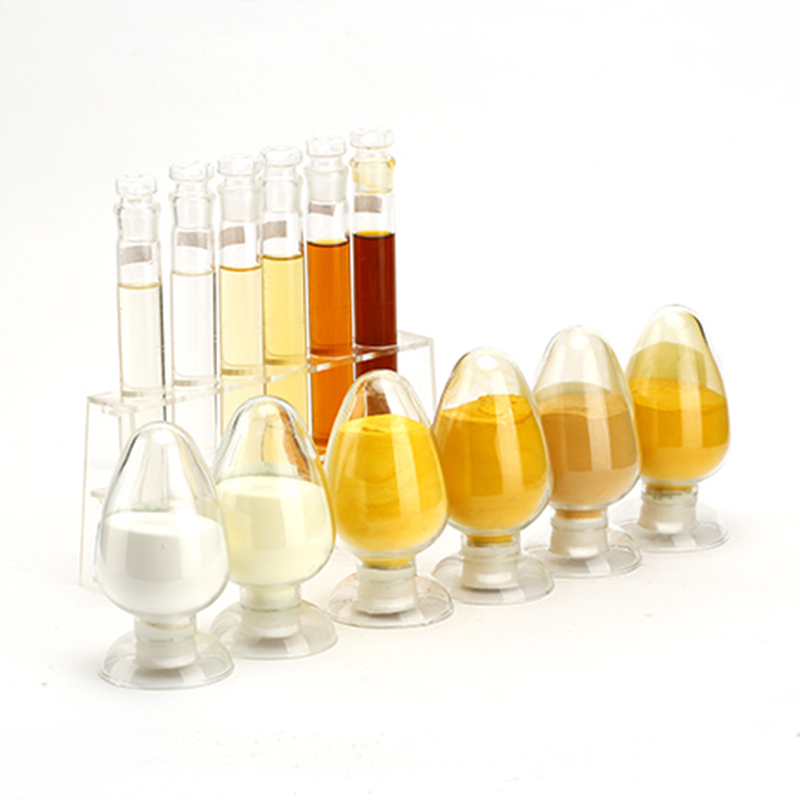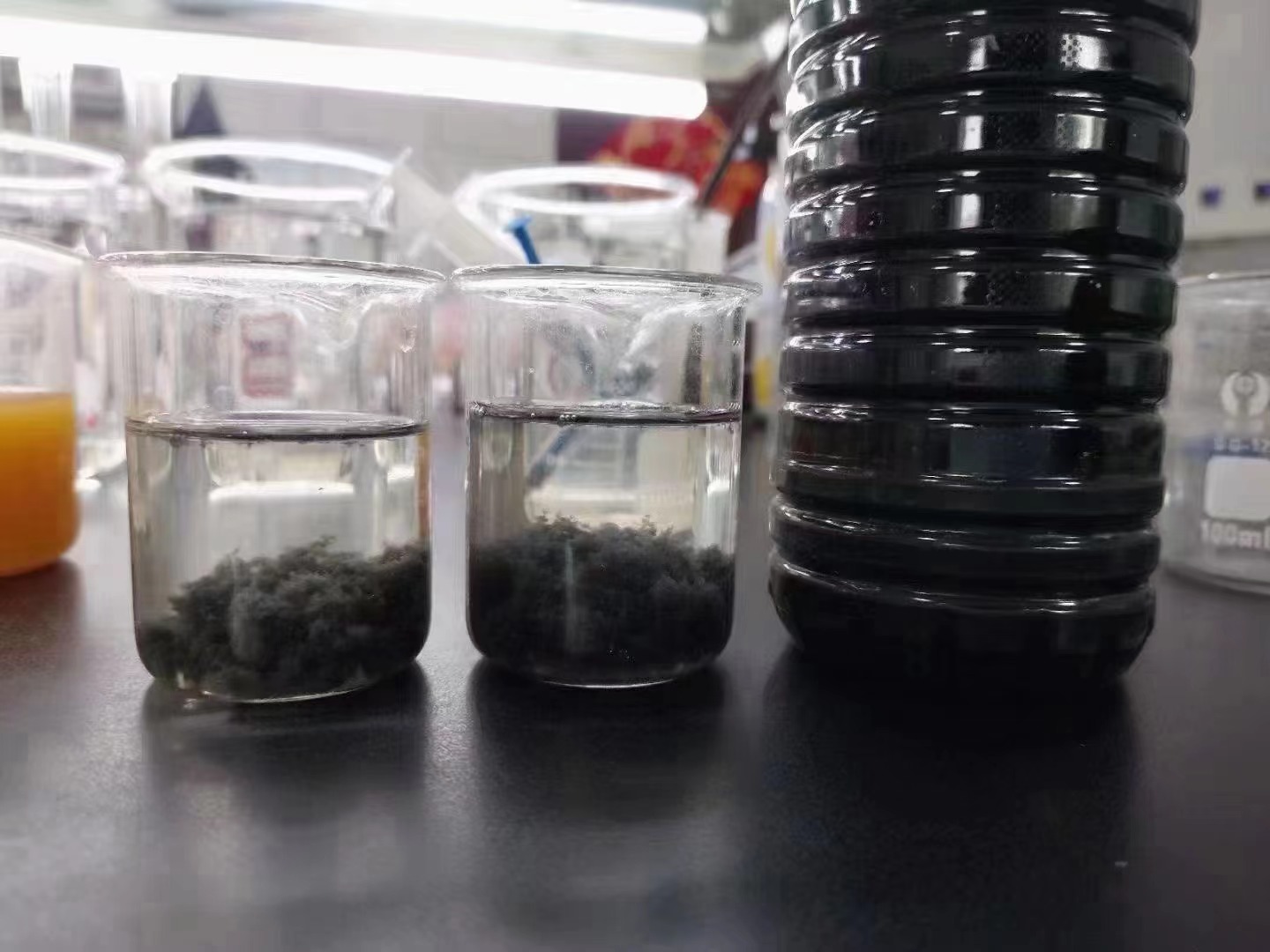
Poly Aluminum Chloride (PAC) is a highly efficient coagulant widely used in water treatment processes, particularly for drinking water and industrial wastewater. Known for its superior flocculation properties, PAC has emerged as one of the most effective and environmentally friendly solutions for purifying water. In this article, we explore why PAC is the preferred choice for both municipal water treatment plants and industrial wastewater management, highlighting its advantages and key applications.

Poly Aluminum Chloride (PAC) is an inorganic polymer coagulant that is commonly used in water treatment. It is made by polymerizing aluminum chloride in water, resulting in a coagulant with enhanced flocculation properties. PAC works by neutralizing the charges on particles in the water, allowing them to bind together and form larger clumps (or flocs) that can be easily removed from the water through sedimentation or filtration.

PAC’s widespread use in drinking water and industrial wastewater treatment is due to several key benefits:
High Efficiency: PAC has a higher coagulation efficiency compared to traditional coagulants like aluminum sulfate and ferric chloride. This means that smaller doses of PAC are required to achieve the same or better results, making it a cost-effective solution for large-scale water treatment.
Effective at Low pH: PAC works efficiently across a wide pH range, including low pH conditions commonly found in industrial wastewater. This makes PAC a versatile coagulant suitable for diverse water sources and wastewater streams.
Lower Chemical Dosage: Compared to traditional coagulants, PAC requires a lower dosage to achieve similar or superior flocculation, reducing operational costs and minimizing chemical waste.
Faster Floc Formation: PAC promotes the rapid formation of larger, stronger flocs, which settle more quickly. This leads to shorter treatment times and higher throughput in water treatment plants.
Eco-Friendly: PAC is considered environmentally friendly because it produces fewer residuals in the treated water, reducing the environmental impact of wastewater discharge and making it a preferred option for sustainable water treatment.
Drinking water treatment requires a coagulant that can efficiently remove contaminants, pathogens, and impurities while ensuring the safety of the treated water. Here’s why PAC excels in this application:
Safe and Non-Toxic: PAC is safe for use in drinking water treatment because it contains low levels of residual aluminum, which reduces potential toxicity compared to other coagulants.
Improved Water Quality: PAC’s high efficiency in removing suspended solids, turbidity, and organic pollutants ensures that drinking water is not only clear but also safe for consumption. PAC’s ability to remove harmful microorganisms, including bacteria and viruses, is another key reason it is highly effective in ensuring the safety of drinking water.
Regulatory Compliance: PAC meets the stringent standards set by regulatory bodies for drinking water treatment, making it an ideal choice for municipal water treatment facilities worldwide.
Industrial wastewater often contains high levels of organic pollutants, heavy metals, oils, and other contaminants. PAC has proven to be extremely effective in treating various types of industrial wastewater, including:
Textile Wastewater: PAC is highly effective in removing dyes and suspended solids in textile industry wastewater, making it a go-to choice for textile mills worldwide.
Paper and Pulp Wastewater: The pulp and paper industry generates wastewater that contains high levels of suspended solids, organic matter, and chemicals. PAC’s superior coagulation capabilities help remove these pollutants efficiently, improving water quality and reducing treatment costs.
Oil and Petrochemical Wastewater: PAC is widely used in the oil and petrochemical industry for treating oil-contaminated wastewater. Its ability to effectively remove oil and grease from the water makes it a critical component in petroleum-based wastewater treatment.
Municipal Wastewater: PAC is also commonly used in municipal wastewater treatment to remove suspended solids, organic matter, and other contaminants, ensuring that treated wastewater meets regulatory standards for discharge or reuse.
While PAC offers superior performance, it is also a highly cost-effective solution for large-scale water and wastewater treatment operations. The key factors contributing to its cost-effectiveness include:
Reduced Chemical Usage: Because PAC works more efficiently than traditional coagulants, smaller doses are required, reducing the overall chemical consumption and associated costs.
Faster Treatment Time: The rapid flocculation and faster sedimentation time result in shorter processing times, which increases throughput in treatment plants and reduces energy costs.
Lower Residual Waste: PAC generates fewer residuals compared to other coagulants, reducing the need for expensive waste disposal and making the treatment process more sustainable.
Poly Aluminum Chloride (PAC) has proven itself as the most effective coagulant for both drinking water treatment and industrial wastewater management. Its high efficiency, cost-effectiveness, and environmental benefits make it an ideal choice for municipalities and industries looking for a sustainable and reliable solution to their water treatment needs. Whether you’re managing drinking water or industrial wastewater, PAC is a versatile and powerful coagulant that delivers exceptional results, ensuring cleaner, safer water for both people and the environment.